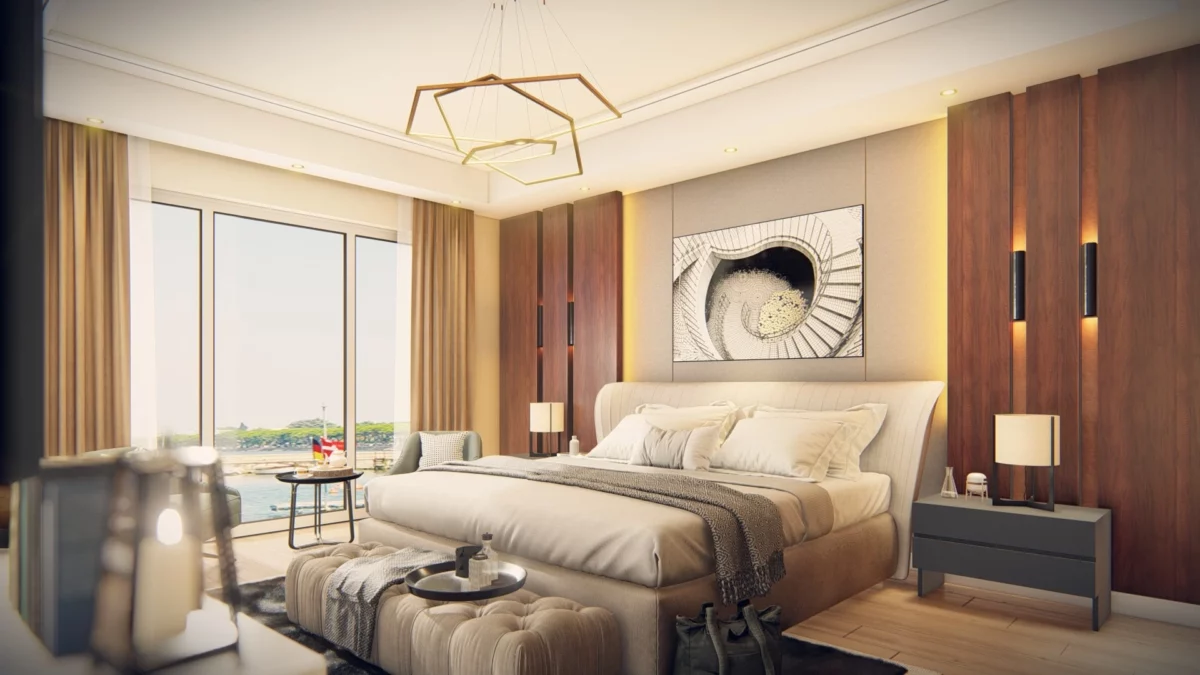- 3D Rendering: Revolutionizing Visualization
In the evolving landscape of architecture and design, 3D rendering stands as a groundbreaking tool. It transforms flat, two-dimensional plans into vivid, immersive experiences. By simulating realistic environments, 3D rendering helps clients and stakeholders visualize the final outcome long before construction begins, enhancing decision-making and reducing errors. - Exterior Rendering: Bringing Facades to Life
Exterior rendering is crucial for showcasing the outer aesthetics of a building. It provides a realistic representation of architectural designs, allowing architects to demonstrate how structures will interact with their surroundings. This technique is particularly beneficial for presenting to clients, securing planning permissions, and marketing real estate developments. High-quality exterior renderings can depict everything from the texture of materials to the play of light and shadows throughout the day. - Interior Rendering: Crafting Inviting Spaces
Interior rendering focuses on the detailed visualization of indoor spaces. It allows designers to experiment with different layouts, color schemes, furnishings, and lighting options. By creating photorealistic images of interiors, designers can refine their concepts and present a compelling vision to clients. This process not only aids in design approval but also ensures that the final execution aligns perfectly with the initial vision. - Virtual Tour: Immersive Experiences for Clients
Virtual tours take 3D rendering to the next level by offering an interactive, immersive experience. Prospective clients can explore a property as if they were physically present, navigating through rooms and experiencing the space from various angles. This technology is particularly effective in the real estate industry, where it can significantly enhance the buying process, allowing clients to make informed decisions without needing to visit the property in person. - Architectural Animation (Walkthrough): Dynamic Presentations
Architectural animation, or walkthroughs, provide a dynamic way to present architectural designs. Unlike static images, these animations offer a moving perspective, guiding viewers through a building or landscape. This technique is invaluable for presenting complex projects, such as large residential developments or commercial complexes. Walkthroughs can illustrate how different elements of a design come together, showcasing the functionality and flow of a space.
The integration of advanced 3D rendering techniques in architecture has transformed the way designs are presented and perceived. From exterior and interior renderings to virtual tours and architectural animations, these tools offer unparalleled insights into architectural projects, fostering better communication, enhanced creativity, and more successful outcomes. As technology continues to evolve, the possibilities for 3D rendering in architecture are bound to expand, pushing the boundaries of what we can imagine and create.

